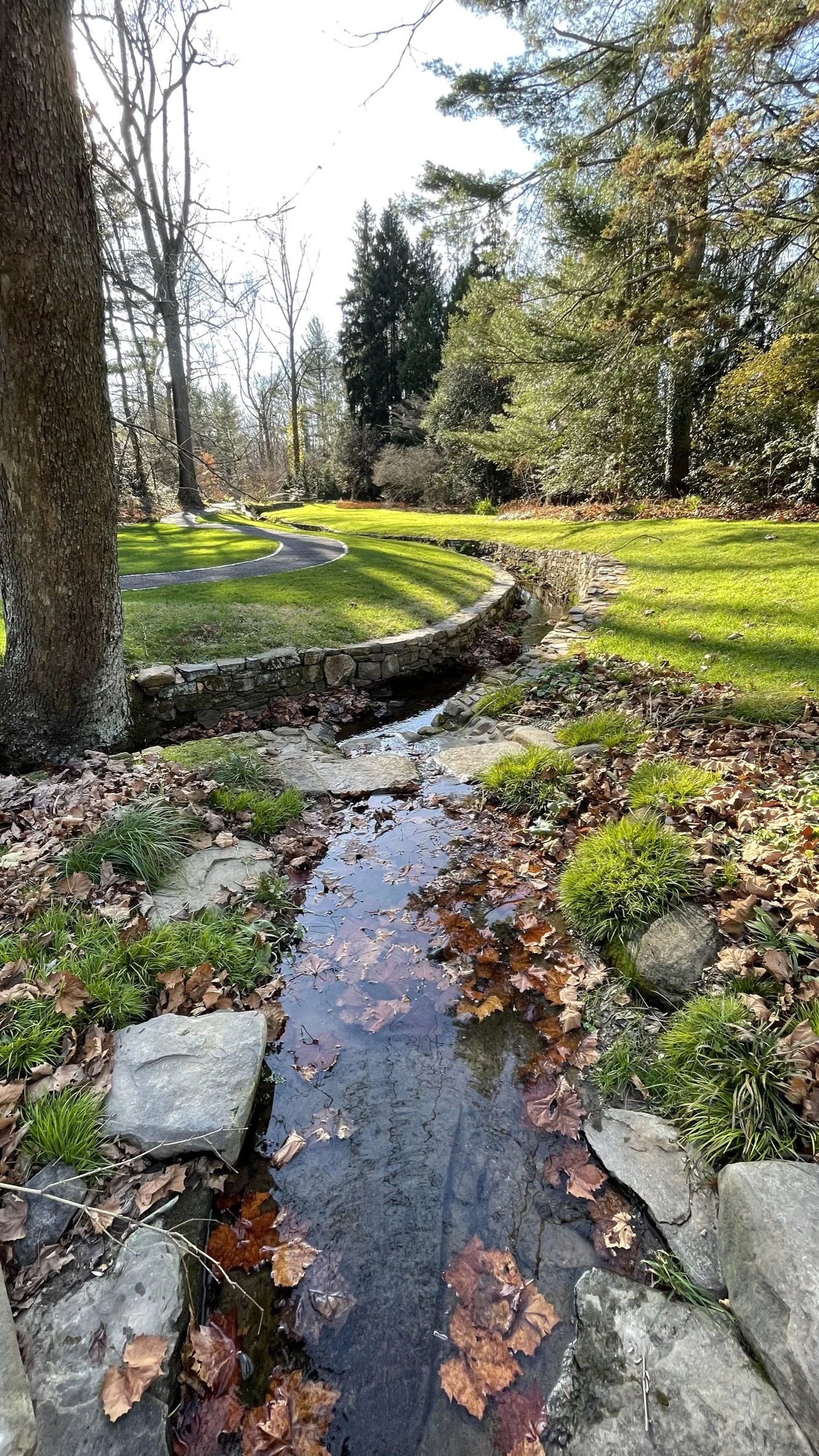How We are Responding to Climate Change in Our Practice
Last week was Climate Week NYC 2025, and with that was even more coverage than usual on changes in weather and sustainability. It was well timed then, that leading up to it the not-for-profit organization Wild Ones reposted an excerpt from a piece by Kim Eierman: Dealing with Climate Change in Our Landscapes. Kim provides a well researched and easily digested summary of the impact of these changes and what we can do about it. You can read it for free here.
With this growing awareness of climate change and environmental degradation, as well as experiencing weather related challenges firsthand on their properties, we are being asked by homeowners more and more for eco-friendly practices and organic products for their yards. As ecologic design and care is at the core of who we are, we are both deeply appreciative of this media focus and the broad reach of organizations and individuals on these topics. At the local level, we aim to partner with clients and industry associates to implement and promote the importance of these practices in dealing with climate change, in conjunction with improving ecological function.
These weather conditions include periods of drought which stress plants, becoming more susceptible to diseases, insect damage and premature death. Intense rain events result in erosion, flooding and various types of property damage. We are noticing that these pressures also increase deer browsing, which both damages plants, shrubs and young trees in the current season and can stunt their growth and health in years to come. These conditions combine to negatively affect landscape plantings, while seriously degrading unmanaged, natural areas in terms of diversity and habitat value.
Like nature itself, how we address these conditions evolves and we coordinate across our design, installation and garden care teams in the planning and observation to learn and adapt.
Plant Selection and Health
In reviewing the performance of gardens we’ve installed and care for, we see native species of perennials and shrubs handling the extremes of wet and dry conditions better than non-native plants. As for trees, we see a mixed bag of native vs. non-native performance, especially for very mature specimens. Old trees simply cannot adapt to the new conditions, and we feel it is imperative to replace these with younger plantings that are adapting to these conditions.
Garden Establishment
It is crucial to have proper establishment of plantings through a combination of starting with healthy plants, regular irrigation and weed elimination. There is no easy, one time fix for deer browsing. We start plants off with organic deer repellents and deterrents. Active care and observation in the early life of a new garden gives it the support to thrive as well as eduction to the steward.
What weather related observations are you seeing on the land you care for? What ecological concerns do you have about these changes? We would love to hear from you.

